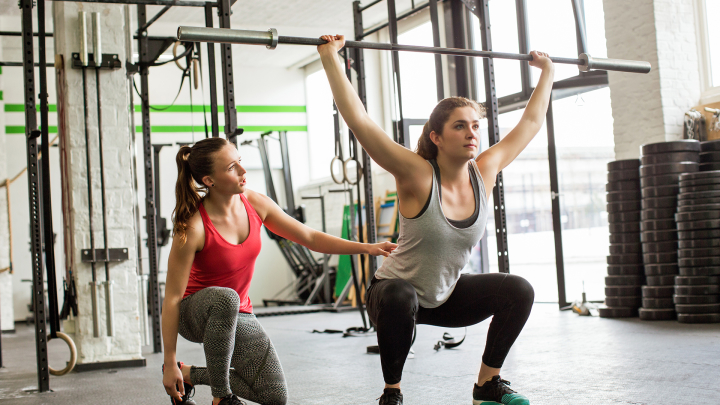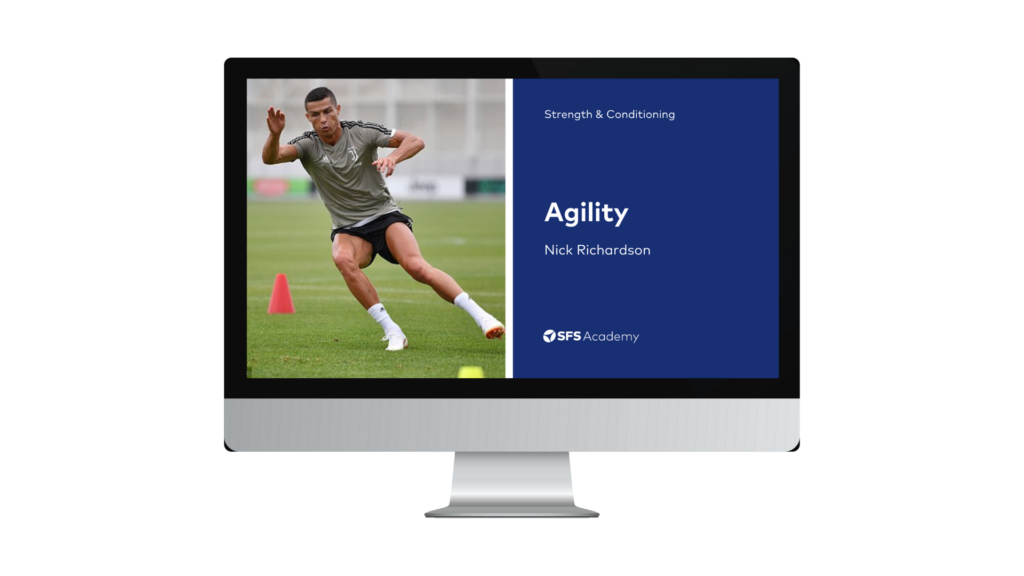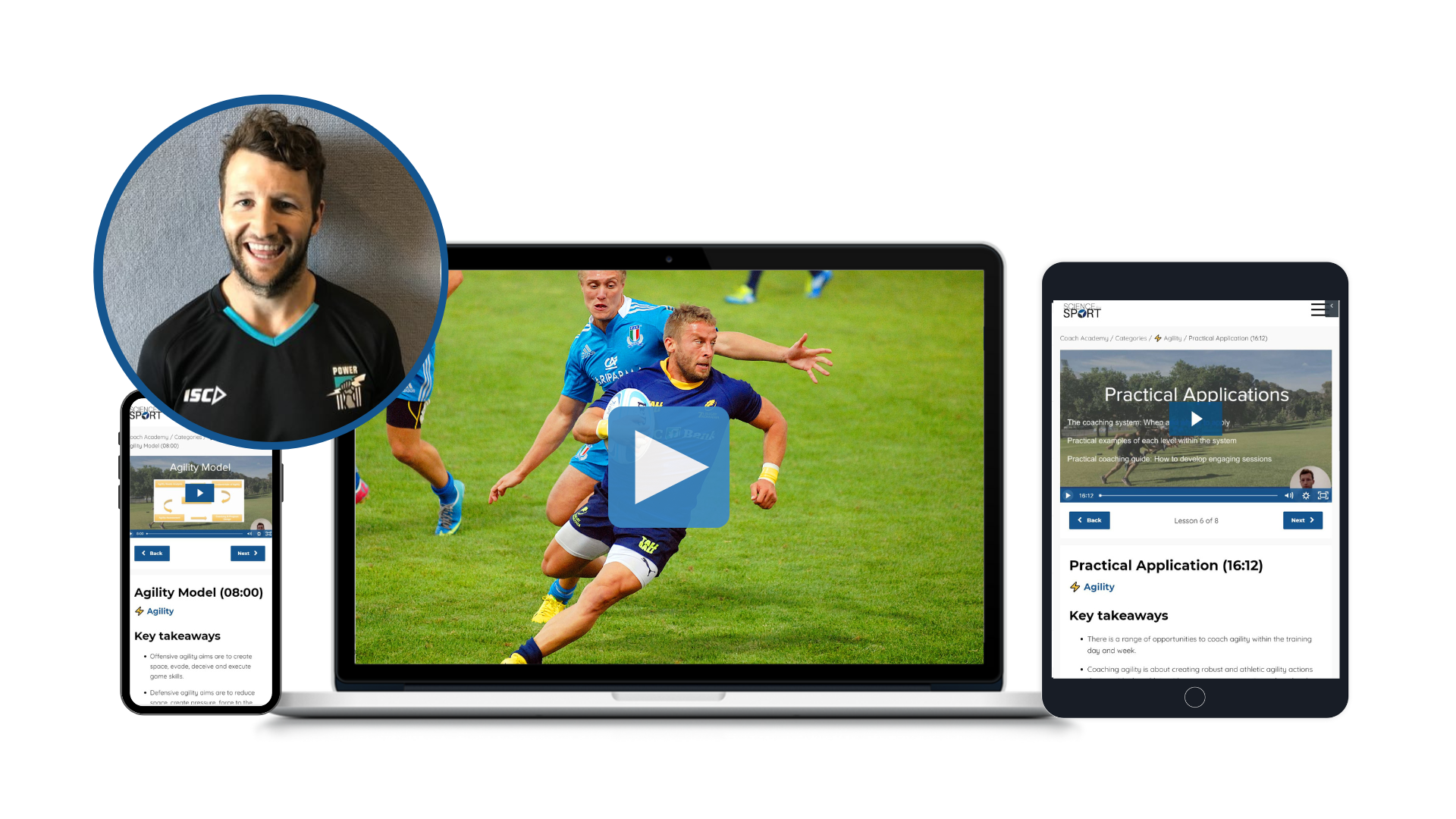This week in the world of sports science, here’s what happened…
- Questions and misconceptions about protein
- Would you recommend Strength and Conditioning as a career?
- Is hip activation the secret to enhancing agility performance?
Questions and misconceptions about protein

A recently published paper in the Journal of the International Society of Sports Nutrition presents a comprehensive analysis of common questions and misconceptions surrounding protein. The study has been presented in an easily comprehensible manner, despite being a research paper.
The paper delves into the scientific aspects of various queries and misconceptions and concludes each discussion with a summarising key point. While the paper is worth reading in its entirety, I have highlighted some of the key findings below:
- Consuming protein up to five times the recommended dietary allowance for healthy individuals has been found to have no adverse effects on kidney function.
- There is no evidence to suggest that a high-protein diet harms bone health.
- Although animal proteins are superior to plant proteins, individuals following a vegan or vegetarian diet can still meet their protein requirements. However, they may need to consume 20-40% more plant-based proteins than animal proteins to obtain the same amount of essential amino acids.
- While peanut butter contains protein, it should be regarded as a source of fat rather than protein, as it contains high amounts of fat.
- The consumption of protein within one hour post-exercise is not crucial in creating an anabolic environment in the muscles. Instead, total daily protein intake is more important. However, consuming protein in a post-workout meal contributes to the total daily protein intake.
- Endurance athletes require additional protein to aid in the adaptive response to exercise.
If you’re interested in this topic, check out our excellent course on Protein for Athletes.
Would you recommend Strength and Conditioning as a career?

In a recent post on X, renowned Australian S&C coach Ben Griffin sparked an interesting discussion about the career of S&C coaching. Griffin reflected on the unglamorous nature of the profession and asked his followers if they would recommend it as a career choice. Within 24 hours, the post had garnered over 60,000 views and generated a range of responses.
The positive responses focused on the rewarding experience of helping others improve and how S&C coaching can fulfil this purpose. However, many of the negative responses centred around the long and unsociable working hours for relatively poor pay. One insightful response came from Dan Howells, who emphasized the importance of knowing one’s purpose. Howells believes that if your purpose is to help people, then coaching can be a fulfilling career choice. However, if your primary motivation is financial gain, then S&C coaching may not be the right fit.
The responses also included some excellent advice, such as combining S&C coaching skills with an entrepreneurial spirit to maximize earnings. Additionally, many suggested keeping S&C coaching as a part-time role and supplementing it with another source of income for greater financial security.
Is hip activation the secret to enhancing agility performance?
Last week, Chris Barnard, a renowned fitness expert from “Overtimeathletes,” published an instructional video on YouTube illustrating a hip activation routine that enhances an athlete’s agility training. Despite the widespread use of agility and change of direction exercises, athletes frequently overlook activating their hip muscles before engaging in such activities.
The routine commences with a four-way activation of the hip muscles, incorporating hip flexion, extension, abduction, and adduction. Barnard performs two sets of each movement, with the initial set involving slow and focused contractions that engage the hip muscles at the end range of motion. The second set involves the same movement but with speed, resulting in a more reactive movement. Each set comprises only three repetitions. In the subsequent step, Barnard performs controlled repetitions of hip rotation in both directions.
In the final part of the routine, Barnard shifts to more dynamic exercises. He attaches a mini-band above his knees and performs a series of monster walks forward, backwards, and laterally. He emphasises the importance of maintaining proper knee alignment over the ankles and avoiding inward caving. Barnard recommends performing the walks for 10 yards only.
If you’re an athlete seeking to improve your agility, consider incorporating Barnard’s hip activation routine to take your performance to the next level!
From us this week:
>> New course: Strength Training For Rowers
>> New podcast: Force Plates To Monitor Fatigue
>> New infographic: What Adaptions Occur To Youth Athletes Using Injury Prevention Programs
>> New article: These Are The Best Open & Closed Trap Bars In 2024
Access to a growing library of sports science courses
SFS Academy is an all-access membership to premium sports science education.
With SFS Academy, you’ll learn from some of the best coaches around the world as they teach you how to apply the latest research and practice with your athletes.



